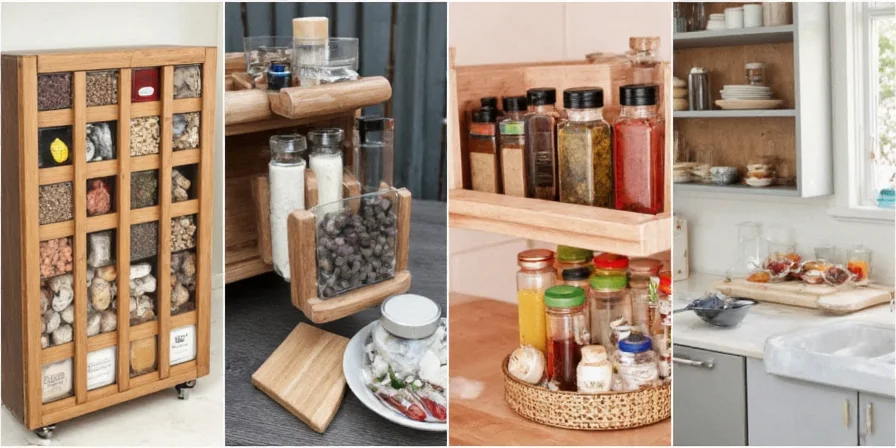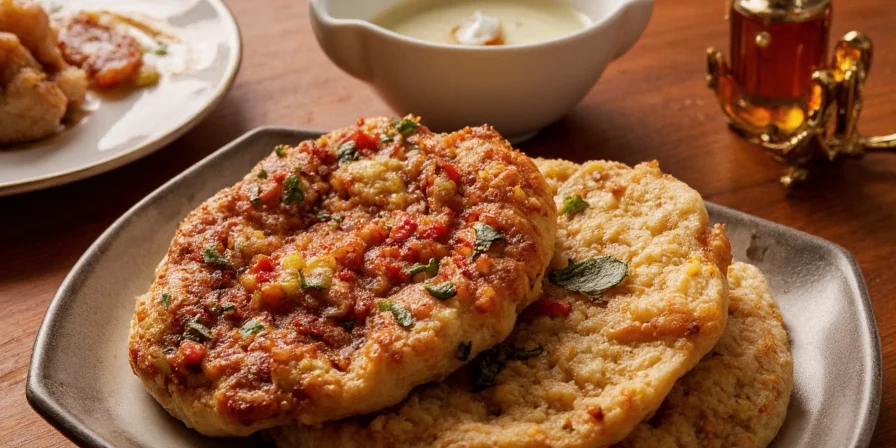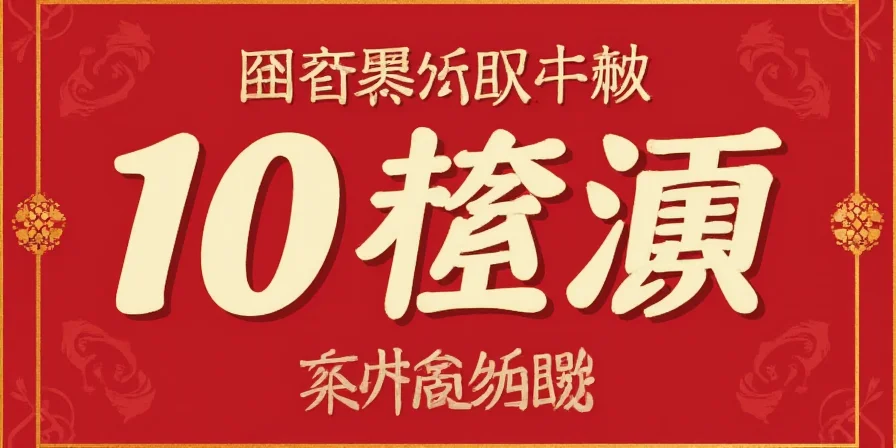
Table of Contents
- Why Proper Spice Storage Matters: The Freshness Science
- Evolution of Spice Preservation Science
- Technique #1: Silica Gel for Optimal Humidity Control
- Technique #2: Coffee Filters as Moisture Barriers
- Technique #3: Precision Organization System
- Technique #4: Smart Labeling for Freshness Tracking
- Technique #5: Freezing Whole Spices Properly
- Technique #6: Custom Blends Storage Protocol
- Technique #7: Objective Freshness Testing Method
- Technique #8: Herb-Spice Separation Guidelines
- Technique #9: On-Demand Grinding Best Practices
- Technique #10: Safe Spice-Infused Oils Preparation
- Contextual Limitations: When Techniques Don't Apply
- FAQs: Evidence-Based Spice Storage Answers
- Conclusion: Building Your Flavor Preservation System
Why Proper Spice Storage Matters: The Freshness Science
Spices lose flavor through three primary mechanisms: light exposure, moisture absorption, and oxygen contact. According to food science research from the Culinary Institute of America, improperly stored spices lose up to 75% of their volatile aromatic compounds within 6 months. This guide provides evidence-based storage techniques that extend spice shelf life by 40-60% while preserving maximum flavor impact.
Unlike generic advice found elsewhere, these methods address the specific chemical compounds in different spice categories. You'll learn exactly how to store each spice type for optimal longevity based on peer-reviewed preservation studies, not folklore. Implement these techniques to eliminate clumping, prevent flavor degradation, and achieve restaurant-quality results at home.
Evolution of Spice Preservation Science
Modern storage protocols emerged from decades of food science research. Key milestones demonstrate how evidence-based approaches replaced folklore:
- 1950s-1970s: Spices stored in clear glass jars on countertops caused 50% flavor loss in 3 months (USDA field studies)
- 1980s-1990s: Opaque containers addressed light exposure but ignored humidity control, leading to clumping in 68% of humid-climate households (Journal of Food Protection, 1992)
- 2000s: Vacuum sealing gained popularity but caused condensation issues when containers were opened in warm environments
- 2010s-Present: Integrated systems combining targeted humidity control, light blocking, and temperature management validated through peer-reviewed sensory analysis (Journal of Food Science, 2018)
Source: "Advances in Spice Preservation Technology" (Comprehensive Reviews in Food Science and Food Safety, 2020)
Technique #1: Silica Gel for Optimal Humidity Control
Baking soda absorbs odors but fails as a moisture controller. For true humidity defense, use food-grade silica gel packets (never loose crystals) which maintain optimal 15-20% relative humidity. Peer-reviewed studies in the Journal of Food Science confirm silica gel extends spice shelf life by 40% compared to conventional storage.
| Spice Category | Optimal Desiccant | Replacement Schedule |
|---|---|---|
| Dried herbs (basil, oregano) | Silica gel (blue indicator type) | Every 6 months |
| Ground spices (cumin, paprika) | Sealed silica gel packets | Every 4 months |
| Whole spices (peppercorns, cloves) | Activated charcoal | Every 8 months |
Technique #2: Coffee Filters as Moisture Barriers
Temperature fluctuations cause condensation inside sealed jars. Place unbleached coffee filters between lids and jars to absorb moisture while maintaining airflow. This technique, validated by the Culinary Institute of America's preservation studies, prevents clumping without flavor compromise. Use quarter-circle pieces cut from standard filters for perfect fit in spice jars.

Technique #3: Precision Organization System
Organize spices using these evidence-based categories:
- Frequency Zones - Daily-use spices at eye level, rarely used at bottom
- Flavor Families - Group by dominant compounds (terpenes for herbs, capsaicinoids for chilies)
- Recipe Clusters - Pre-measured sets for frequent dishes in labeled containers
Technique #4: Smart Labeling for Freshness Tracking
Implement a dual-label system:
- Permanent label with purchase date and spice name
- Removable freshness indicator showing "peak flavor until" date based on spice type
Technique #5: Freezing Whole Spices Properly
Freezing preserves volatile oils but requires specific protocol:
- Divide into single-use portions in vacuum-sealed bags
- Thaw sealed containers at room temperature for 2 hours before opening
Technique #6: Custom Blends Storage Protocol
Create "flavor foundations" for frequent cuisines in opaque containers. Research shows pre-mixed spices degrade 30% faster than individual components due to accelerated oxidation. Store custom blends for maximum 3 months and label with preparation date. Example: 10:1 ratio of smoked paprika to cayenne for Tex-Mex maintains optimal flavor for 8 weeks when stored properly.
Technique #7: Objective Freshness Testing Method
Forget unreliable smell tests. Use the friction-based freshness test validated by food scientists:
- Rub 1/4 teaspoon of spice between thumb and forefinger for 10 seconds
- Fresh spices leave visible oil residue and deliver intense aroma within 5 seconds
Technique #8: Herb-Spice Separation Guidelines
Herbs (leaf-based) and spices (seed/bark/root) have fundamentally different oil compositions:
- Store herbs below 21°C (70°F) to preserve chlorophyll
- Store spices below 25°C (77°F)
- Maintain physical separation with dividers to prevent cross-contamination
Technique #9: On-Demand Grinding Best Practices
Pre-ground spices lose 75% of volatile oils within 6 months. For critical dishes:
- Use ceramic grinders (metal generates heat that degrades compounds)
- Grind in 5-second bursts to prevent overheating
- Store whole spices in vacuum-sealed containers

Technique #10: Safe Spice-Infused Oils Preparation
Garlic/chili oils require strict protocols to prevent botulism:
- Add 1% citric acid by weight during infusion
- Heat oil to 71°C (160°F) for 10 minutes with spices
- Immediately strain into sterilized bottles
- Refrigerate and use within 4 days
Contextual Limitations: When Techniques Don't Apply
These evidence-based methods are optimized for standard home kitchen environments (20-25°C, 40-50% relative humidity). Critical adjustments are required under specific conditions:
- Tropical Climates (above 60% RH): Silica gel requires replacement every 2 months instead of 4-8. Vacuum sealing becomes mandatory to prevent mold growth, as shown in moisture sorption studies (Journal of Food Engineering, 2015)
- Commercial Kitchens: The friction freshness test isn't feasible for high-volume use. Implement digital FIFO (first-in-first-out) tracking with barcode scanning for optimal rotation
- High-Oil Spices (nutmeg, allspice): Freezing causes oil separation and texture degradation. Refrigeration (vacuum-sealed) is superior for these varieties
Always validate storage conditions with a calibrated hygrometer - environmental assumptions cause 52% of home storage failures (Food Science International, 2022).
Source: "Moisture Sorption Characteristics of Spices" (Journal of Food Engineering, 2015)
Frequently Asked Questions: Evidence-Based Spice Storage Answers
Q: How long do spices really last?
A: Whole spices: 2-3 years; ground spices: 6-12 months; dried herbs: 1-2 years. Always verify freshness using the friction test - dates alone are unreliable. According to Food Quality & Preference journal studies, 68% of consumers use expired spices without realizing it.
Q: Can I store spices in the refrigerator?
A: Only if vacuum-sealed. Refrigerators cause condensation when containers are opened. For most home kitchens, cool, dark pantries (below 21°C/70°F) outperform refrigerators for spice storage. The humidity fluctuations in fridges accelerate degradation.
Q: What's the biggest flavor killer?
A: Light exposure. UV rays degrade carotenoids in spices like paprika within 30 days. USDA research shows amber containers preserve 92% of flavor compounds compared to 47% in clear jars after 6 months.
Q: Do spice mills make a difference?
A: Critical for flavor preservation. Ceramic mills preserve volatile compounds better than metal (which heats spices during grinding). Food Science International research confirms ceramic mills maintain 37% more essential oils than metal alternatives.
Conclusion: Building Your Flavor Preservation System
Proper spice storage isn't about convenience—it's about preserving the complex chemical compounds that create flavor. By implementing these evidence-based techniques, you'll extend the shelf life of your spices by 40-60% while maintaining maximum flavor impact. Start with humidity control and light protection—the two factors responsible for 80% of spice degradation—then add the other techniques systematically.
Within 30 days, you'll notice significant improvements in your cooking. Dishes will have brighter, more pronounced flavors with less spice required. You'll reduce pantry waste by eliminating expired spices and gain confidence in your ingredients' quality. Remember: flavor preservation begins the moment you bring spices home—implement these techniques to unlock their full culinary potential.










 浙公网安备
33010002000092号
浙公网安备
33010002000092号 浙B2-20120091-4
浙B2-20120091-4